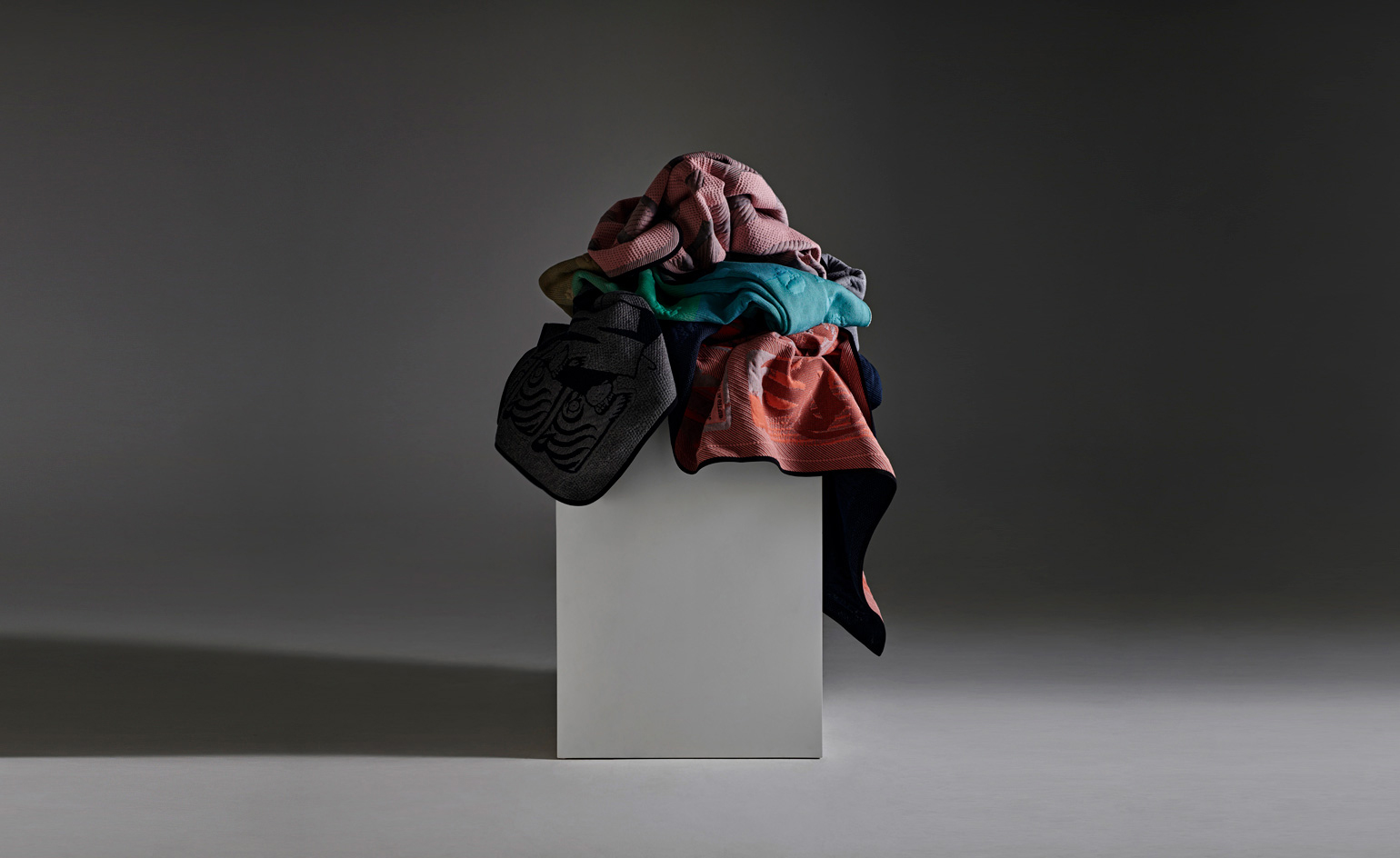
Borre Akkersdijk, co-founder of Dutch textile innovation studio and clothing label Byborre, was drawn to the textile industry because it was one of the few sectors that had yet to be truly modernised. Textiles, of course, were a key driver of the Industrial Revolution. And, much later, the boom of fast fashion in the 1990s accelerated the growth of the industry. But, Akkersdijk says, ‘this was all in an old-school way. It was not driven by technology but by big, labour-intensive factories. Byborre was inspired by the tactility of textiles in a world that had not been revolutionised.’
Founded in 2010, Byborre is committed to curbing wasteful practice in the industry. Within the textile supply chain, fibre makers often influence the direction of yarn makers, who influence the direction of textile manufacturers. At the receiving end are the creators, who generally have little say in what and how textiles are made. When they need textiles for their products, they mostly choose from what is on the market, or visit industry fairs in search of something that comes closest to what they have in mind. So paradoxically, while brand designers best understand their end users, it is textile manufacturers who are driving the product. It is this misalignment which, over the last decade, Byborre has addressed in its mission to build a new ecosystem. ‘We flipped the supply chain the other way around,’ says Akkersdijk. ‘We start from the creators.’
Byborre: ‘We developed a new process that allows creators to innovate’
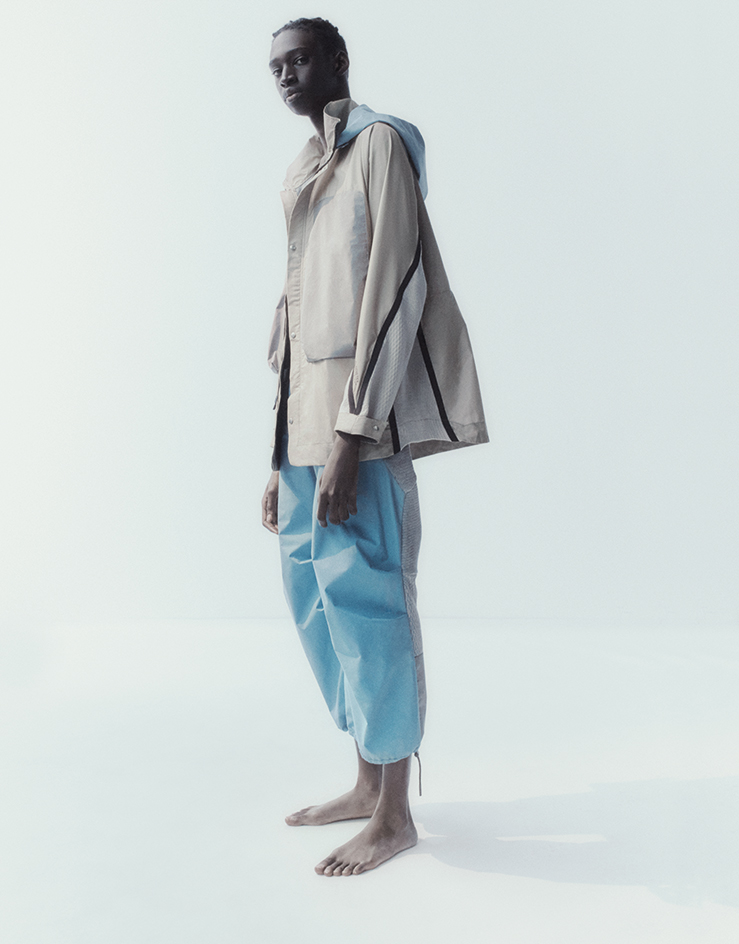
Jacket, €1,298; trousers, €598, both by Byborre. Fashion: Jason Hughes
The company recently launched Byborre Create, a scalable platform, operated through an online app, that provides creators with direct access to sustainable design choices, innovations and creative tools. The goal is to democratise innovation, support responsible textile production, and encourage fitter-for-purpose, longer-lasting products. ‘We developed a new process that allows creators to innovate,’ Akkersdijk says.
Byborre Create breaks down the supply chain into four simple design steps, and guides brands through an intuitive workflow: firstly, determining the function of the fabric – be it for clothing, interiors or automotive – and choosing suitable yarns from the platform’s curated and vetted library; secondly, exploring knit types to find the perfect weight and structure to match their creative vision; thirdly, composing the colour; and finally, adding aesthetic elements to infuse their brand’s DNA into the textile.
Better products, less textile waste
‘When creators and brands start using the platform, we start a new dialogue. So we all learn and improve when everybody uses it. We want to change the industry with this honest open-source mentality. We want brands to make better products and fewer mistakes, so that there is less harm to the environment.’
Akkersdijk points out that the textile industry’s R&D process can be staggeringly wasteful. ‘As a creator, if you don’t have influence in that process, how can you control your impact?’ he says. So Byborre set up a hub in Amsterdam for R&D and sampling. When creative needs have been defined, a thorough production brief is sent to the respective factories. ‘The machines here mirror exactly those in the factories that we have licences with. Now, because Byborre brings in clients, ensures material supply and provides them with the best programme and design, the factories can lower their minimum order quantity (it was usually between 2,000m and 5,000m, but they can now work with as little as 250m) and it allows quicker delivery. The brands don’t have to worry about overproducing or sharing the same textile design with competitors.’
Transparency of each product’s impact
Akkersdijk believes there also needs to be a transparent overview of the product. ‘At the moment, we are making our own life cycle assessment [an analysis of the potential environmental impact of products during their entire life cycle] for all textiles created by or through us, and a product passport that shows where the fibre came from, where the yarn was born, where the textile was created, and how it was shipped; in short, the textile’s full journey.’
Receive our daily digest of inspiration, escapism and design stories from around the world direct to your inbox.
Happily, Byborre isn’t short of like-minded stakeholders in the industry. Collaborators, many of whom already use Byborre Create, include AZ Factory, BMW, Kering, Porter, and Natuzzi, with which it most recently launched the ‘Water’ textile collection. Byborre is also working with Sabine Marcelis and Formafantasma for upcoming textile developments. In the future, it hopes to set up hubs in Asia and the US to achieve another important marker of sustainable development – proximity to its markets.
INFORMATION
This article appears in the August 2021 issue of Wallpaper* (W*268), now on newsstands and available for free download
Yoko Choy is the China editor at Wallpaper* magazine, where she has contributed for over a decade. Her work has also been featured in numerous Chinese and international publications. As a creative and communications consultant, Yoko has worked with renowned institutions such as Art Basel and Beijing Design Week, as well as brands such as Hermès and Assouline. With dual bases in Hong Kong and Amsterdam, Yoko is an active participant in design awards judging panels and conferences, where she shares her mission of promoting cross-cultural exchange and translating insights from both the Eastern and Western worlds into a common creative language. Yoko is currently working on several exciting projects, including a sustainable lifestyle concept and a book on Chinese contemporary design.
-
 Five watch trends to look out for in 2026
Five watch trends to look out for in 2026From dial art to future-proofed 3D-printing, here are the watch trends we predict will be riding high in 2026
-
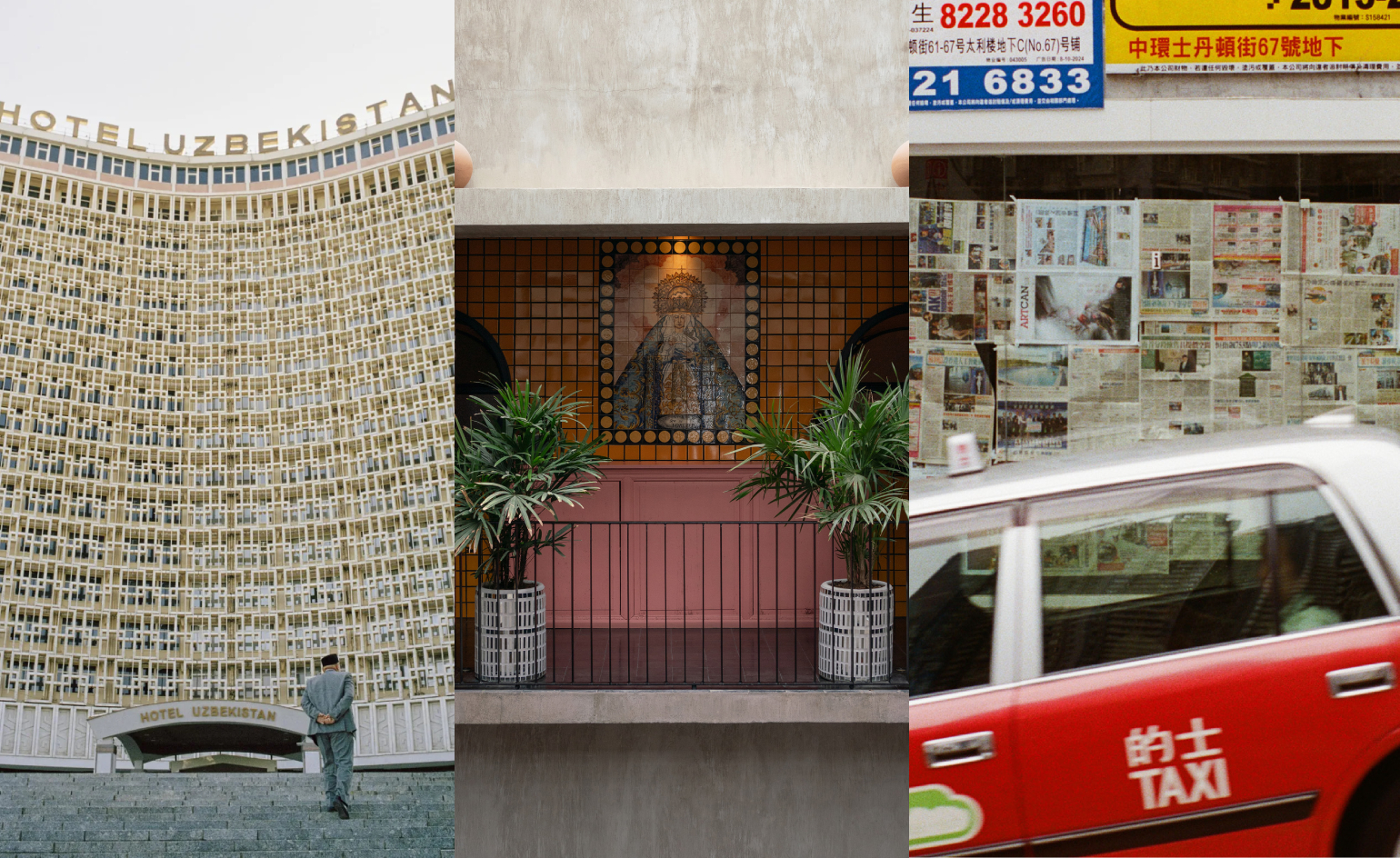 Five destinations to have on your radar this year
Five destinations to have on your radar this yearThe cultural heavyweights worth building an itinerary around as culture and creativity come together in powerful new ways
-
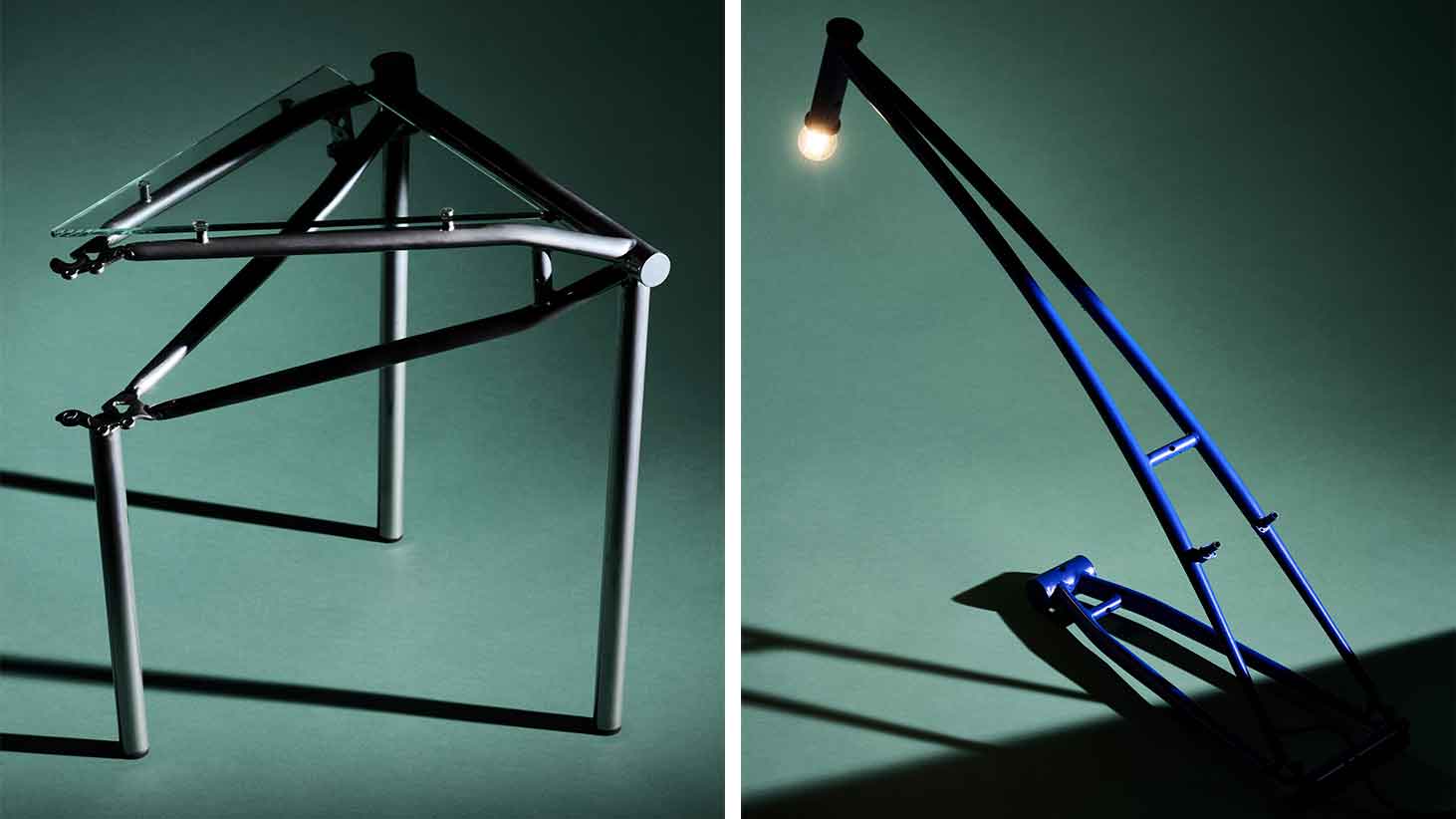 Dublin-based designer Cara Campos turns abandoned bicycles into sleekly minimal furniture pieces
Dublin-based designer Cara Campos turns abandoned bicycles into sleekly minimal furniture piecesWallpaper* Future Icons: Saudi-raised Irish/French designer Cara Campos' creative approach is rooted in reuse, construction and the lives of objects
-
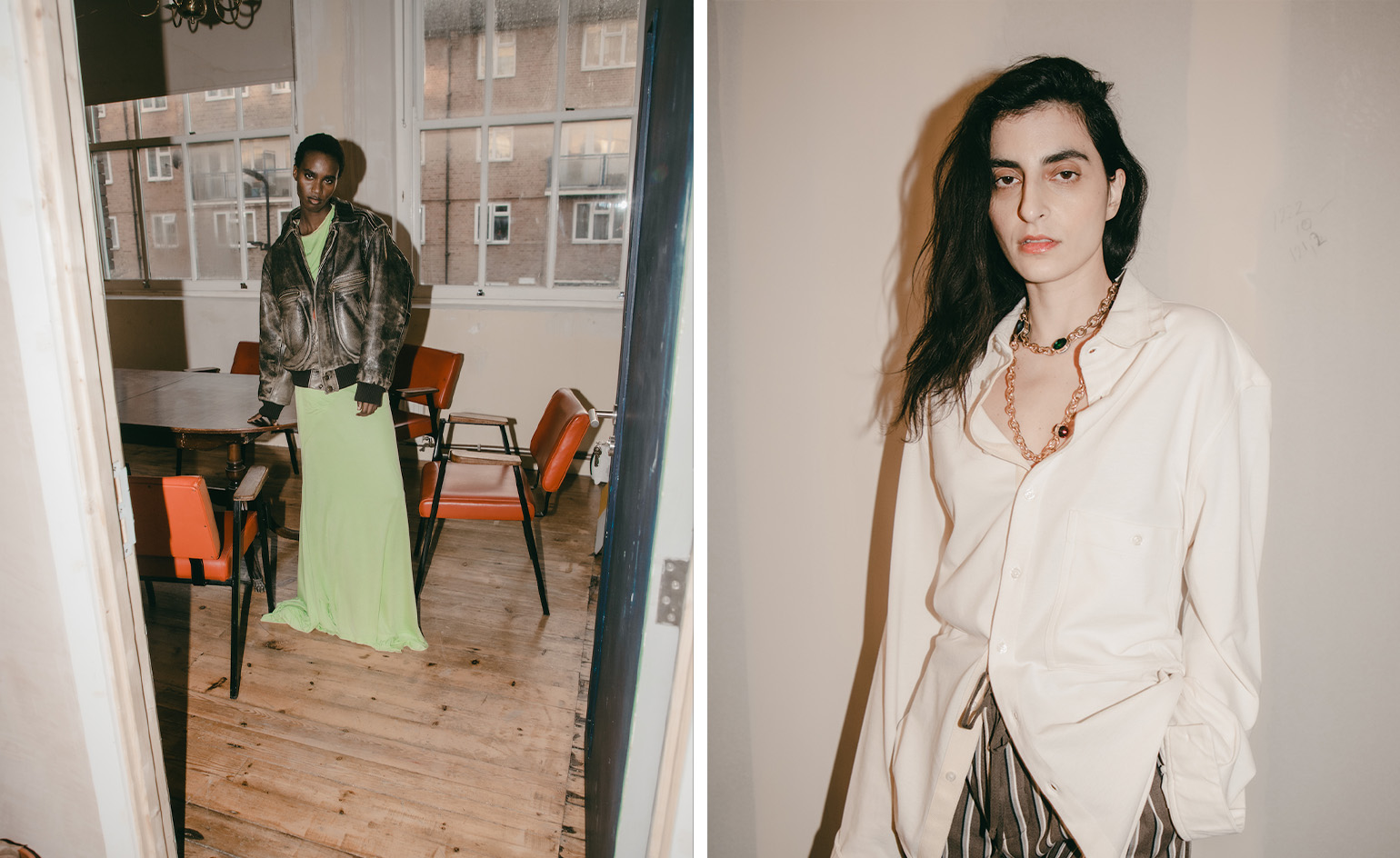 Cult 1960s boutique Granny Takes A Trip gets a sustainable reboot
Cult 1960s boutique Granny Takes A Trip gets a sustainable rebootFounded on King’s Road in 1966, ‘radically creative’ fashion store Granny Takes A Trip is being reimagined for a new generation. Dal Chodha takes a closer look
-
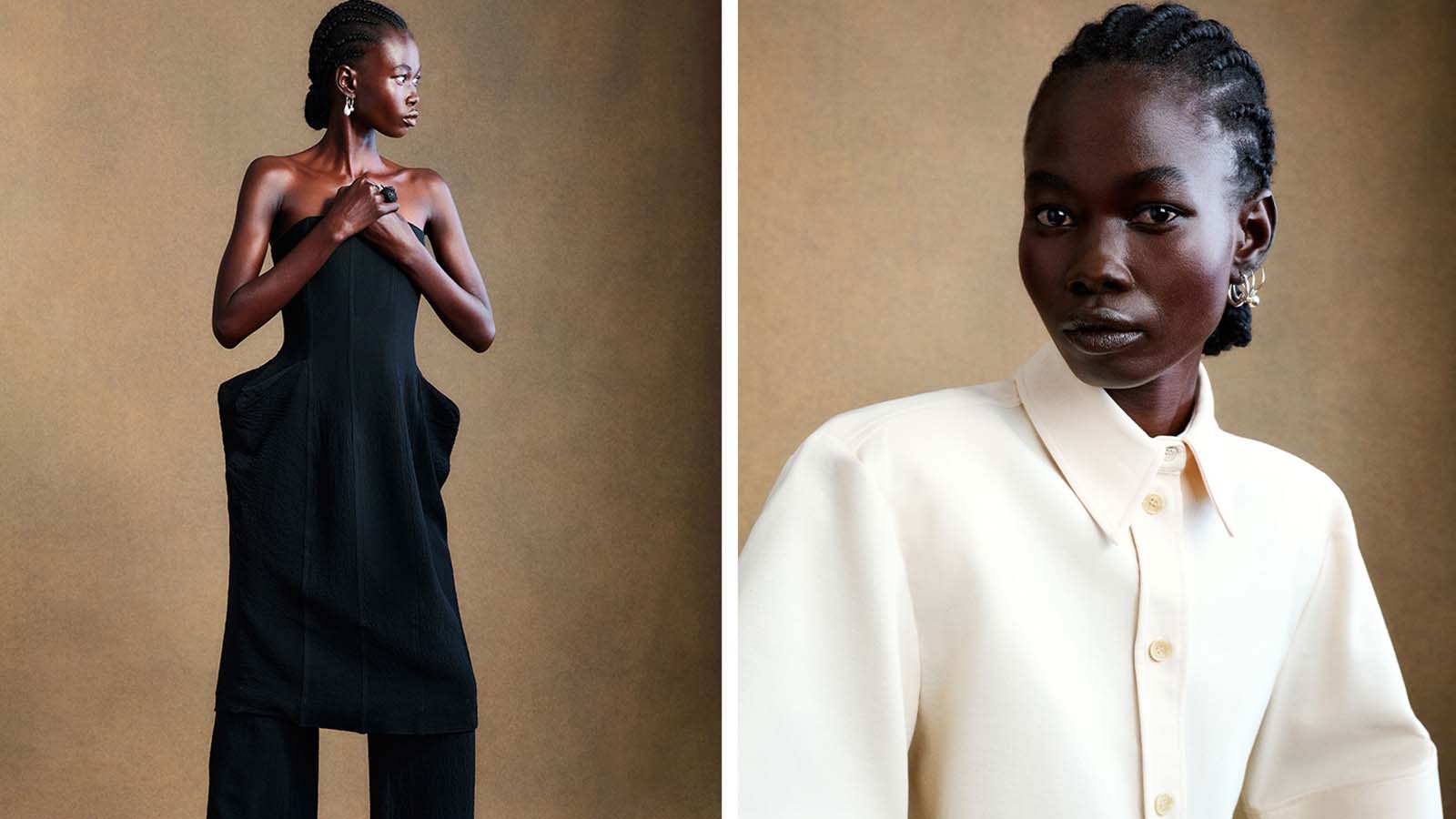 BITE Studios: ‘We want to have a brand which makes an impact’
BITE Studios: ‘We want to have a brand which makes an impact’BITE Studios is marrying sustainable textiles – from seaweed fabric to pea silk – with designs by a team including alumni of Proenza Schouler and Acne Studios
-
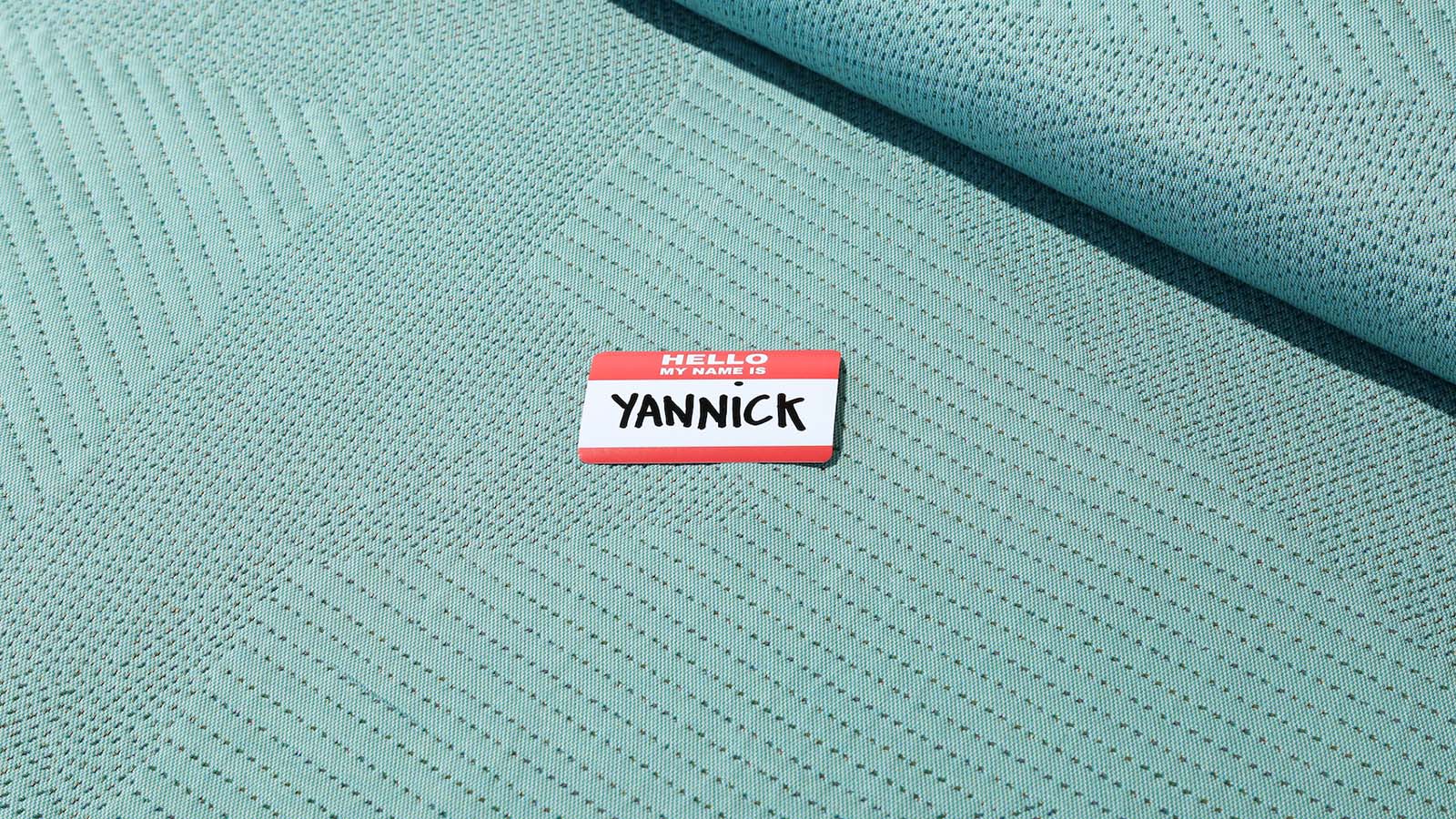 Byborre launches Textiles, its first-ever line of ready-to-order fabrics
Byborre launches Textiles, its first-ever line of ready-to-order fabricsAmsterdam-based Byborre launches new ready-to-order scheme that allows creators easy access to the textile studio and fashion label’s sustainably-minded knitwear designs
-
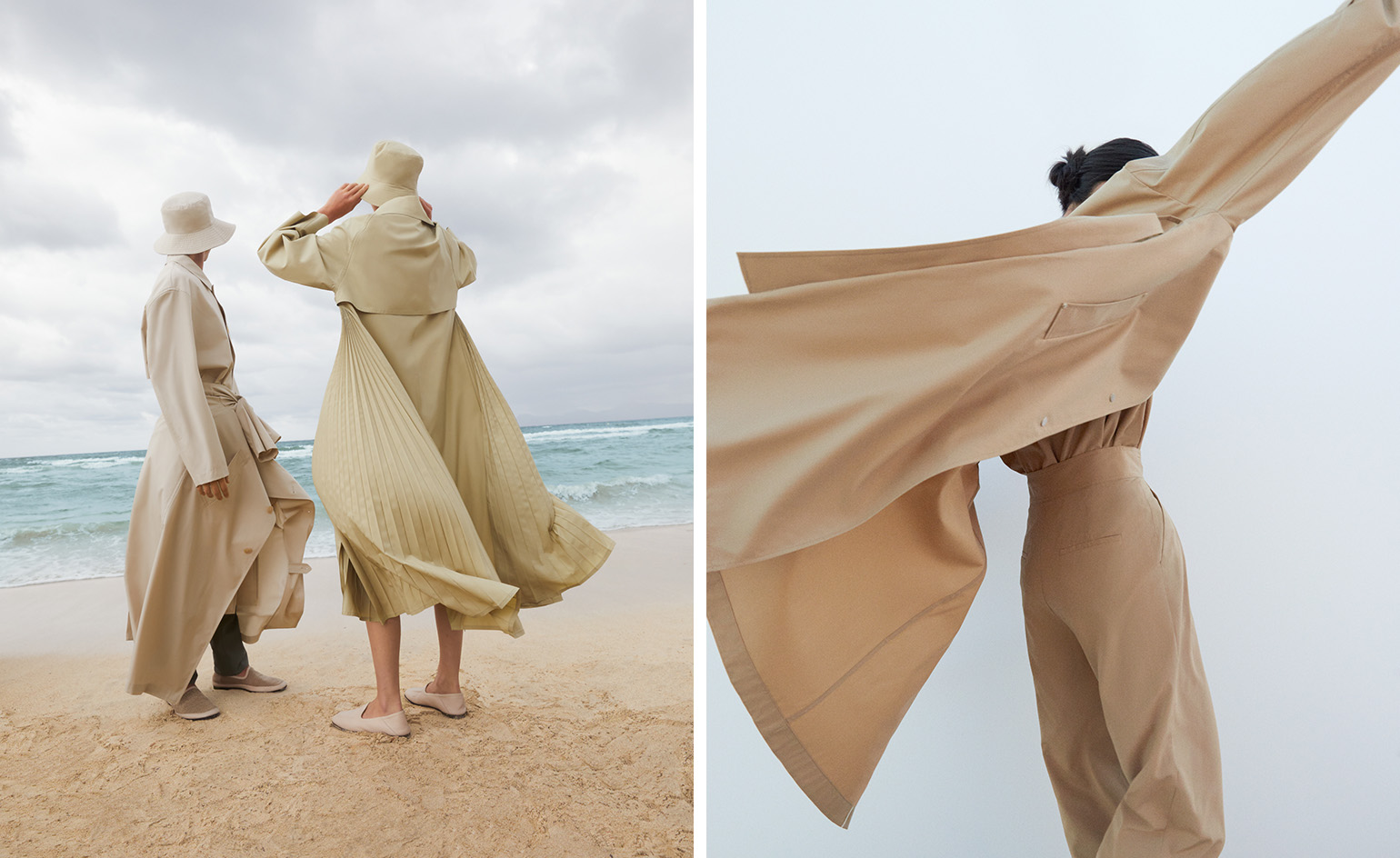 Icicle, the cross-continental label championing sustainability for 25 years
Icicle, the cross-continental label championing sustainability for 25 yearsOn the arrival of a new collection, ‘Hemp Up’, womenswear artistic director Bénédicte Laloux tells Wallpaper* the story behind minimally minded fashion label Icicle
-
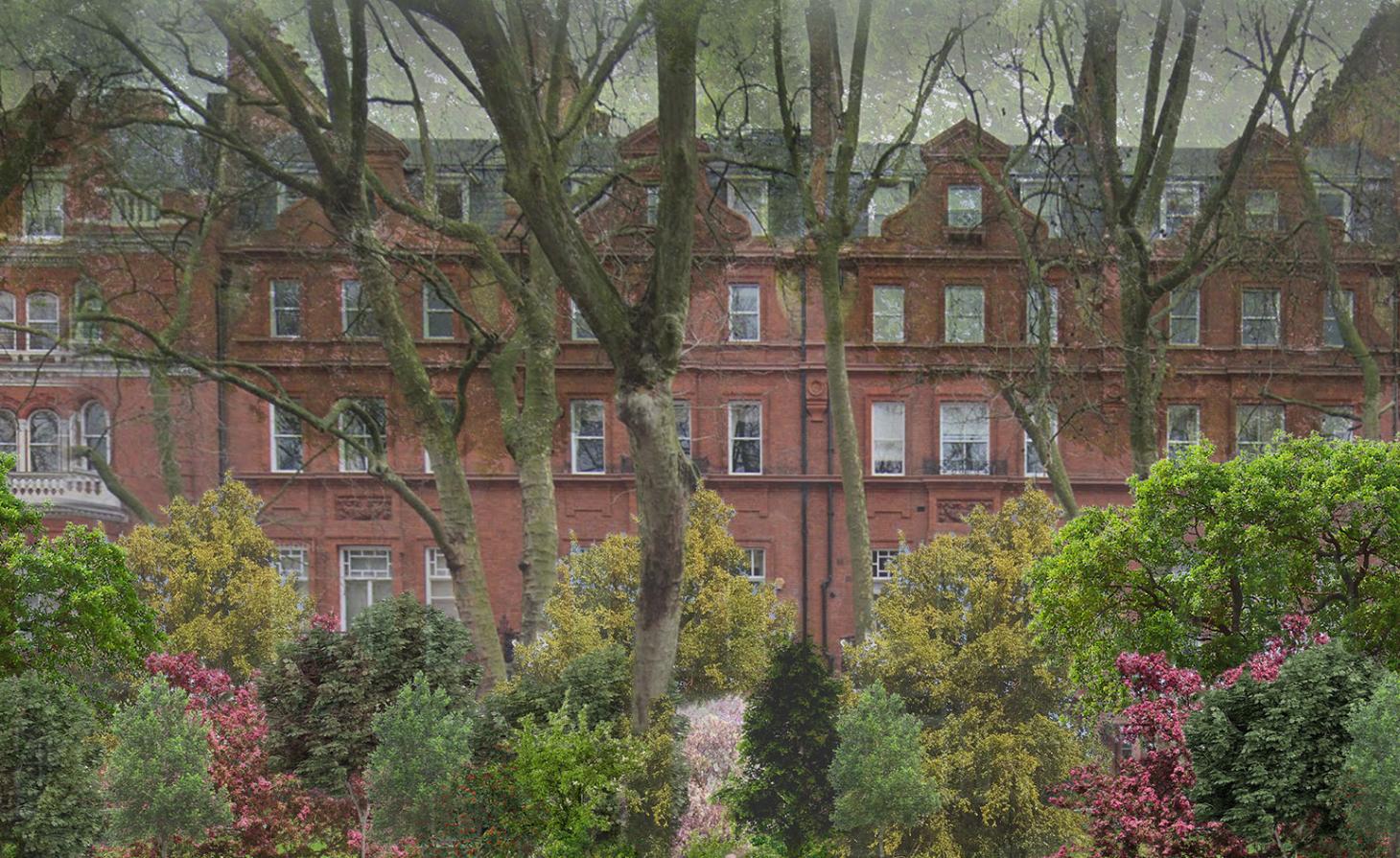 Louis Vuitton announces decade long project to rewild London's Chelsea
Louis Vuitton announces decade long project to rewild London's ChelseaCentral London’s first ‘Heritage Forest' on Pont Street in Chelsea, will be the result of a rewilding partnership between Louis Vuitton, Cadogan and SUGi
-
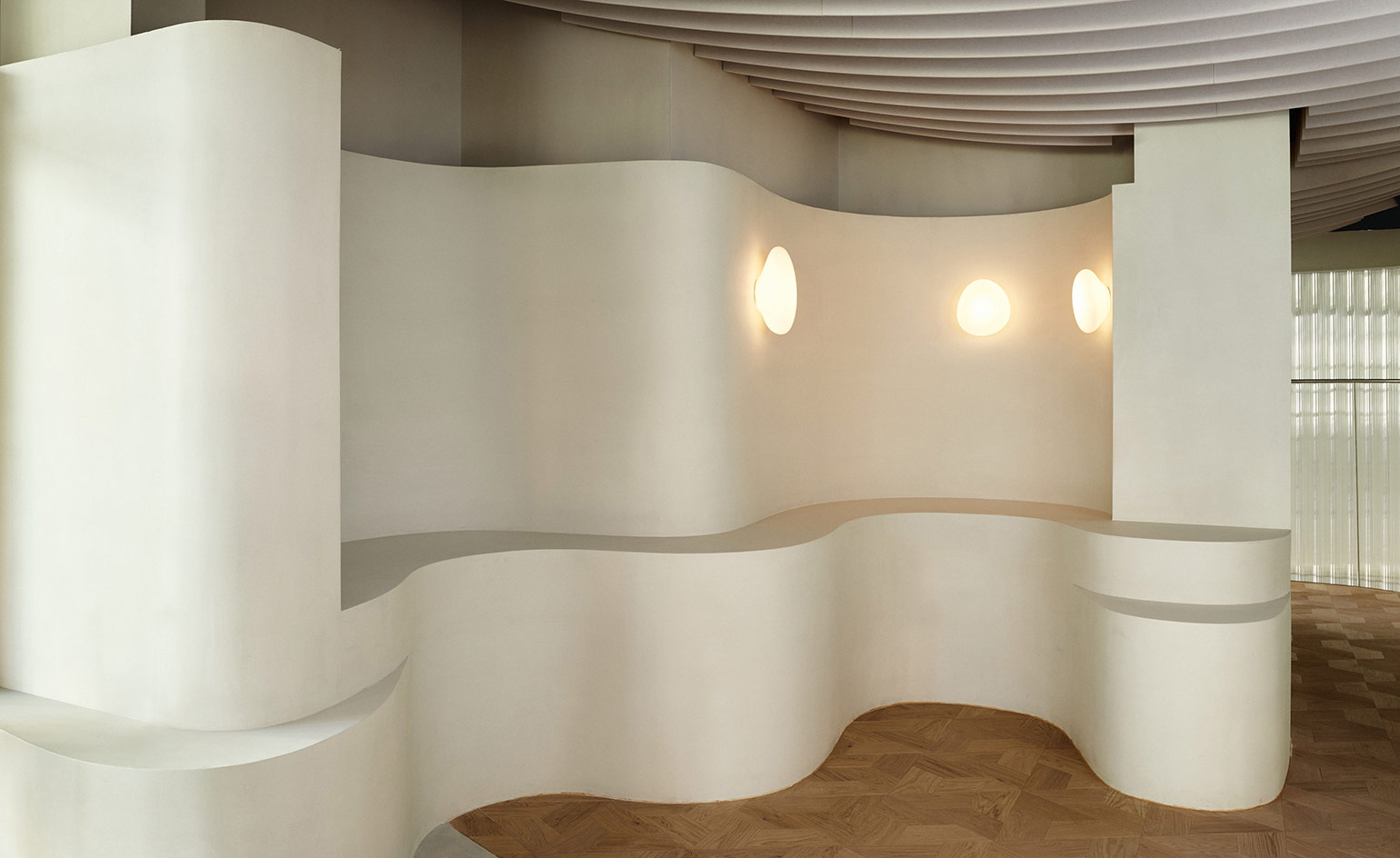 Water inspires Holzweiler’s Snøhetta-designed Oslo flagship
Water inspires Holzweiler’s Snøhetta-designed Oslo flagshipHolzweiler Platz, the new retail destination of fashion brand Holzweiler in Oslo, is designed by architects Snøhetta as a naturalistic space that unites fashion, art and food
-
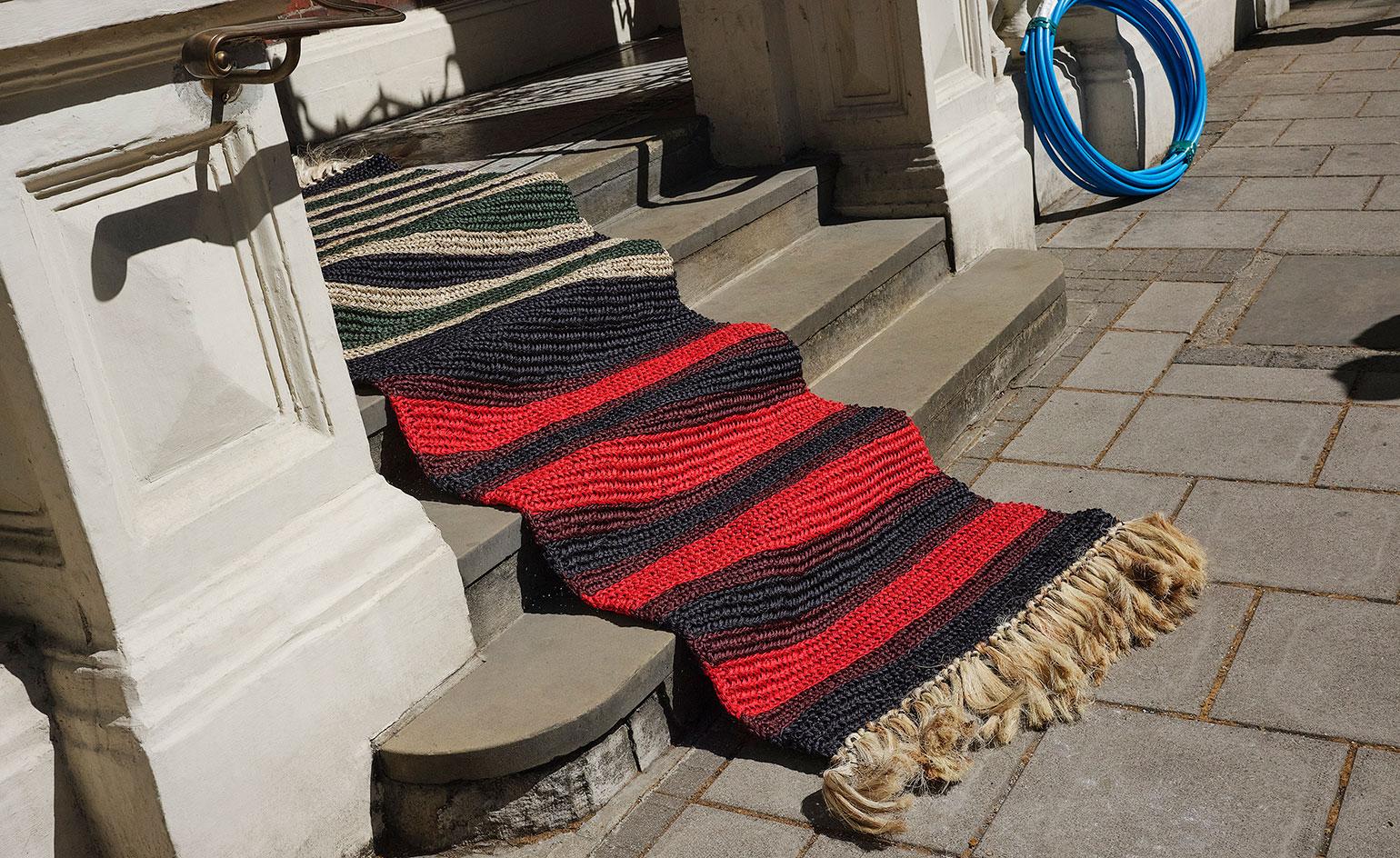 Marni Market arrives at Matchesfashion in Mayfair
Marni Market arrives at Matchesfashion in MayfairMatchesfashion is offering first access to its new Marni Market to Wallpaper* readers
-
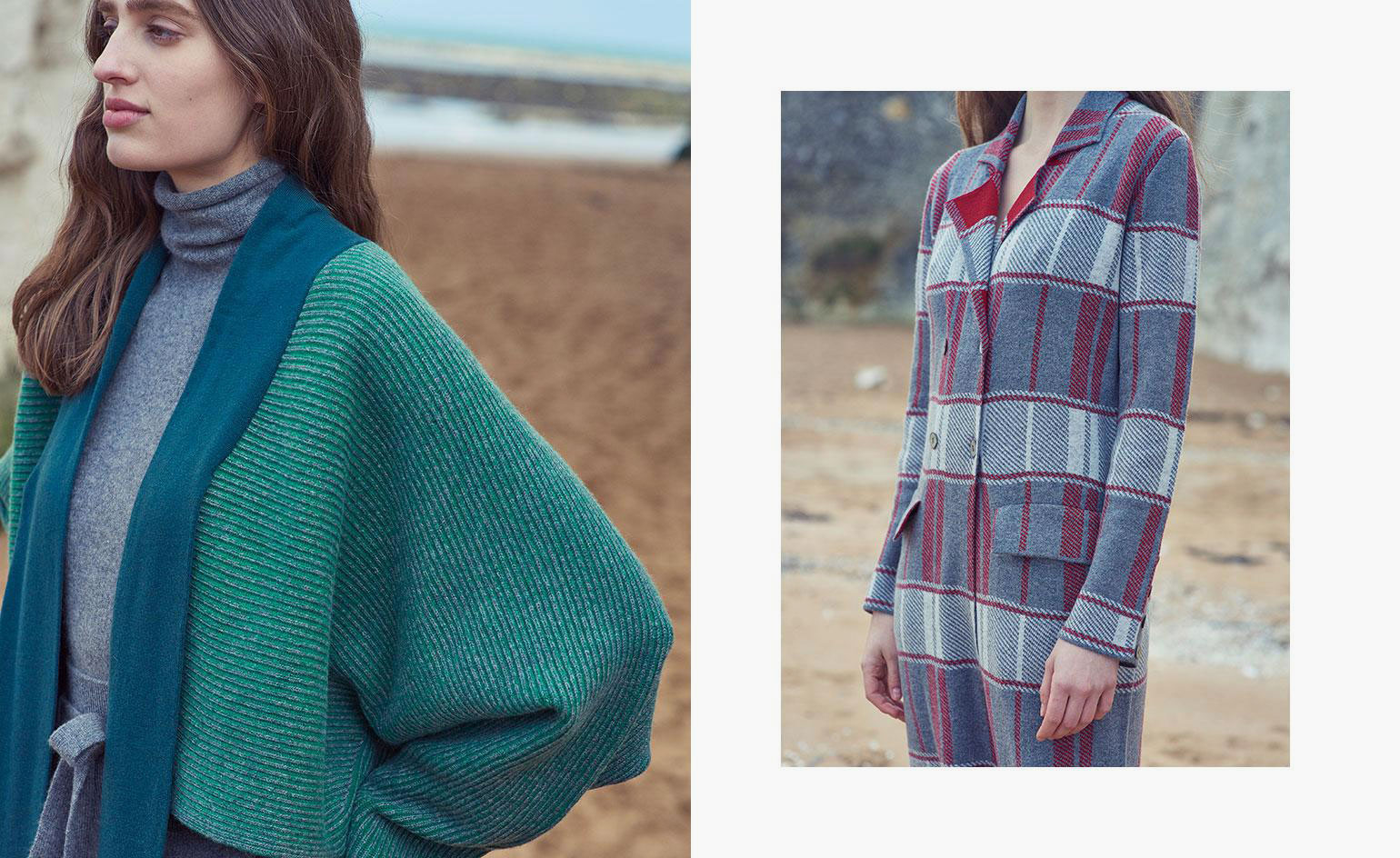 Meet the ethical cashmere brand supporting Mongolian communities
Meet the ethical cashmere brand supporting Mongolian communities